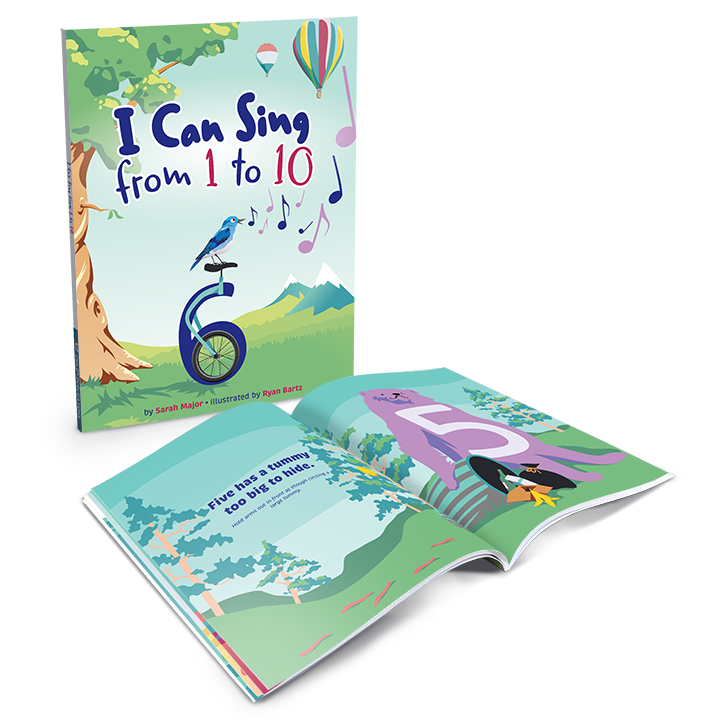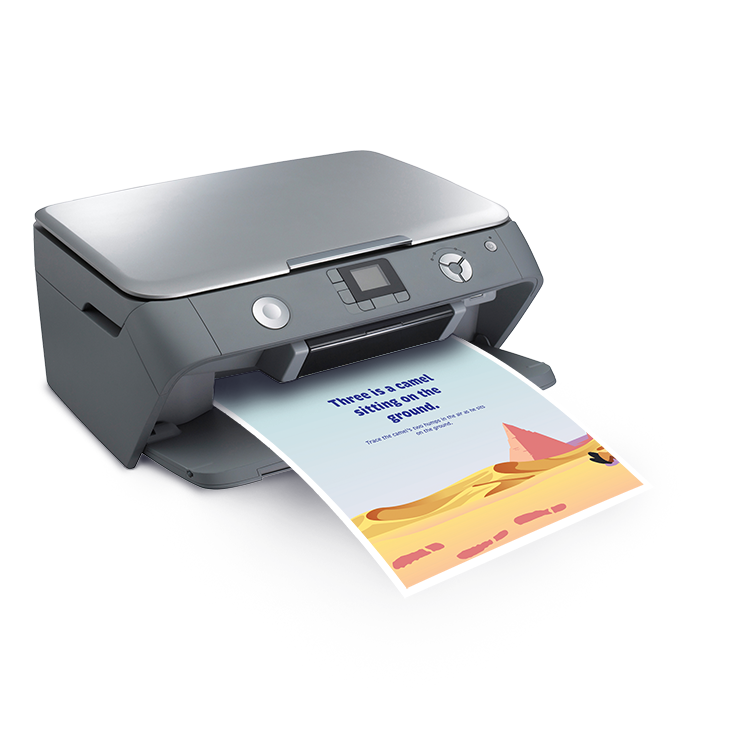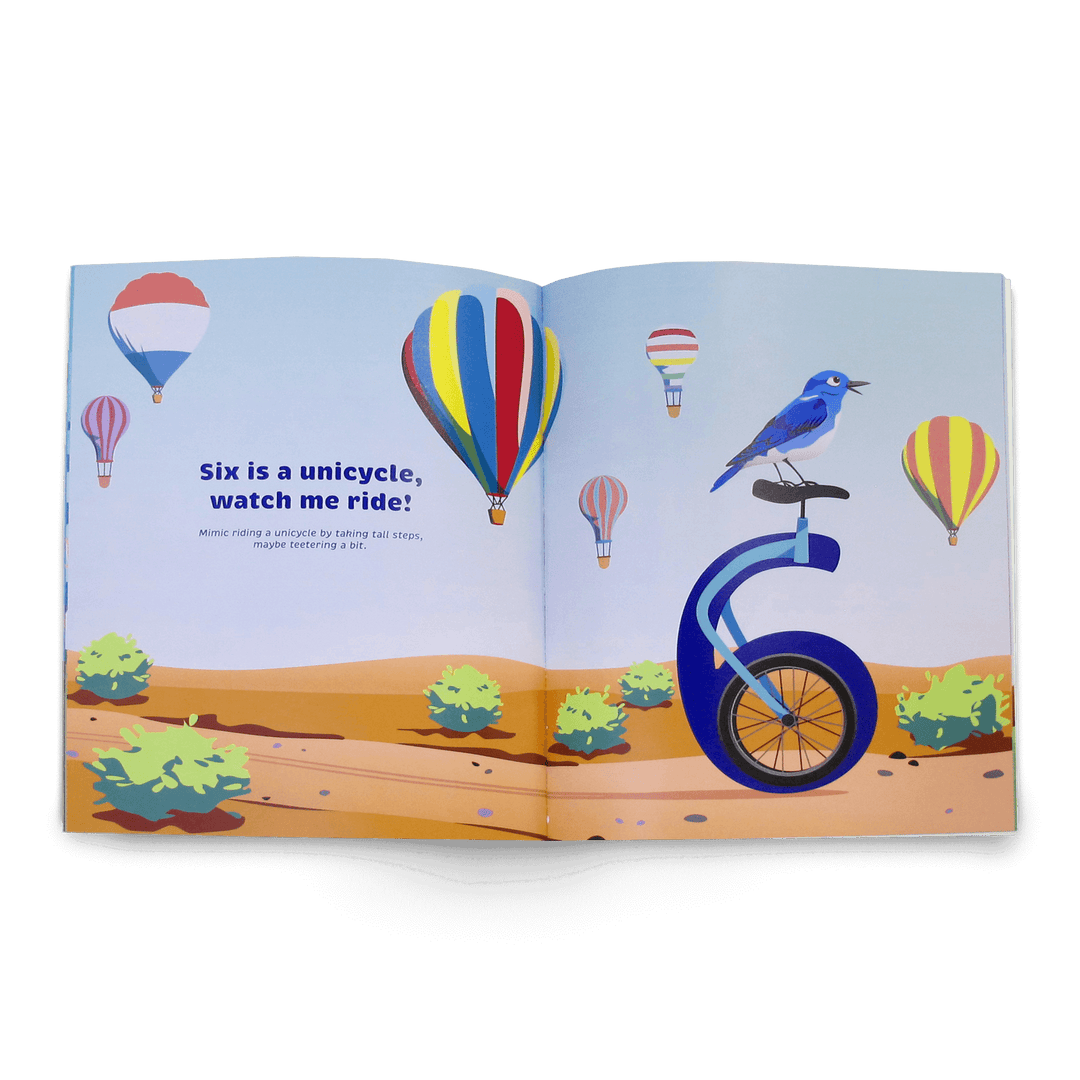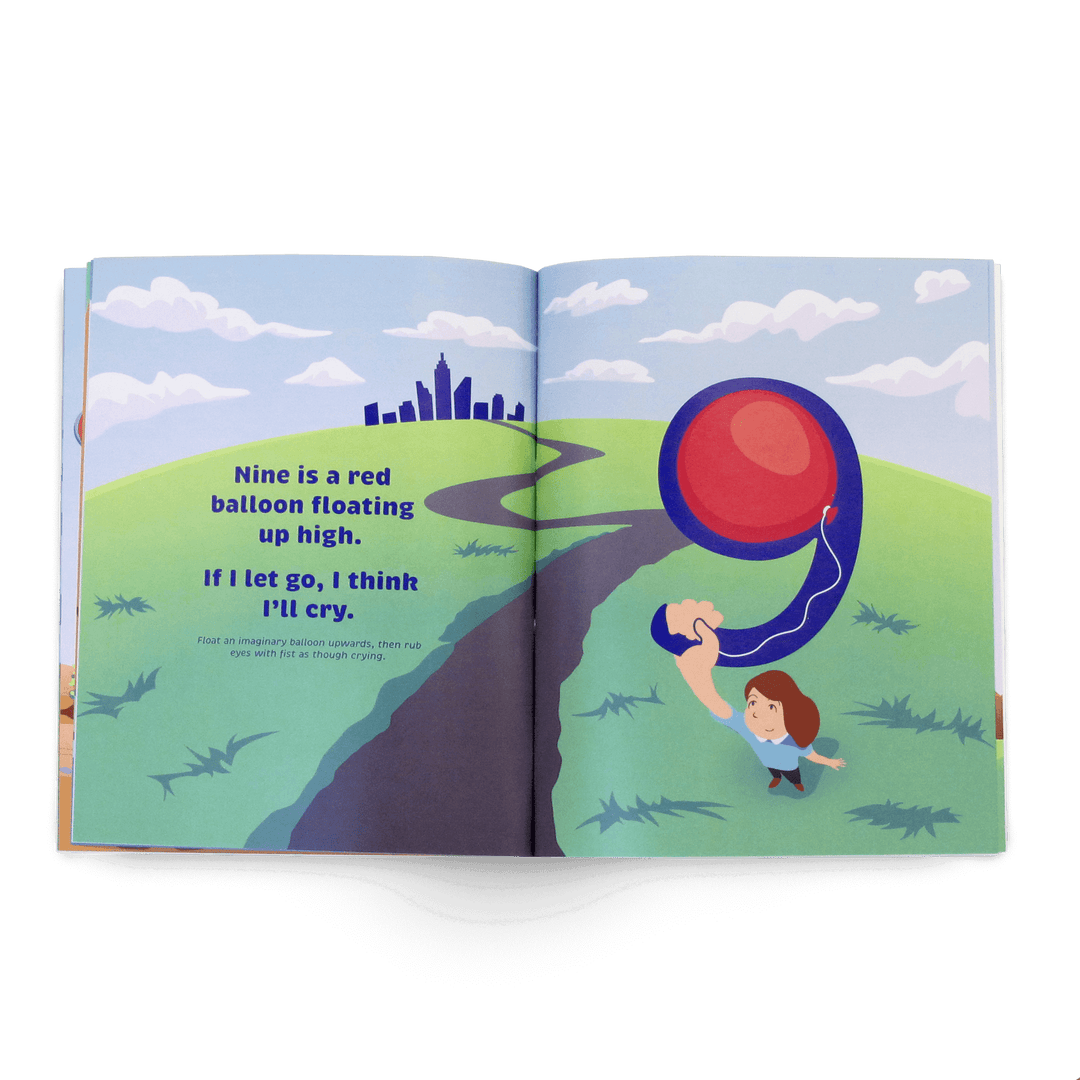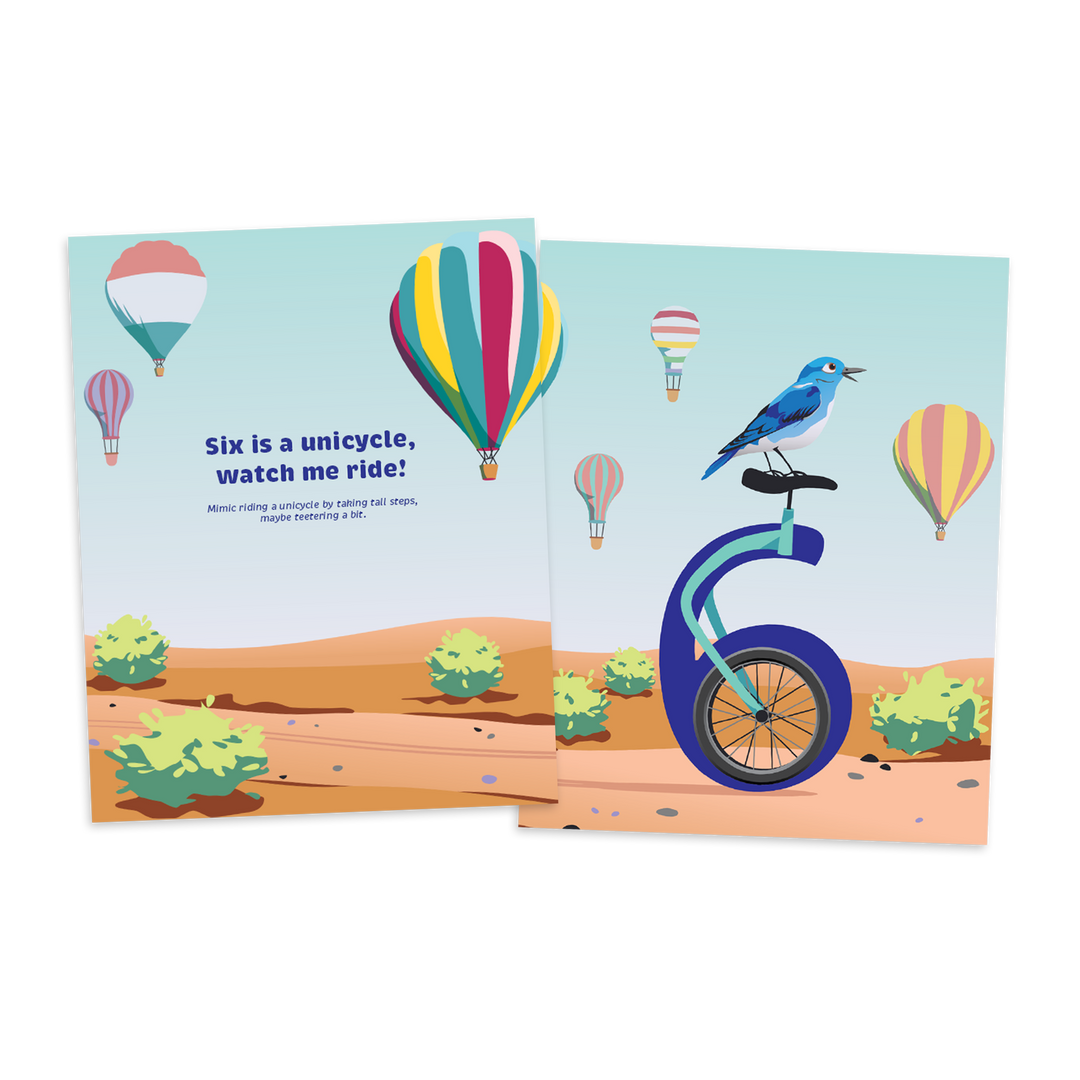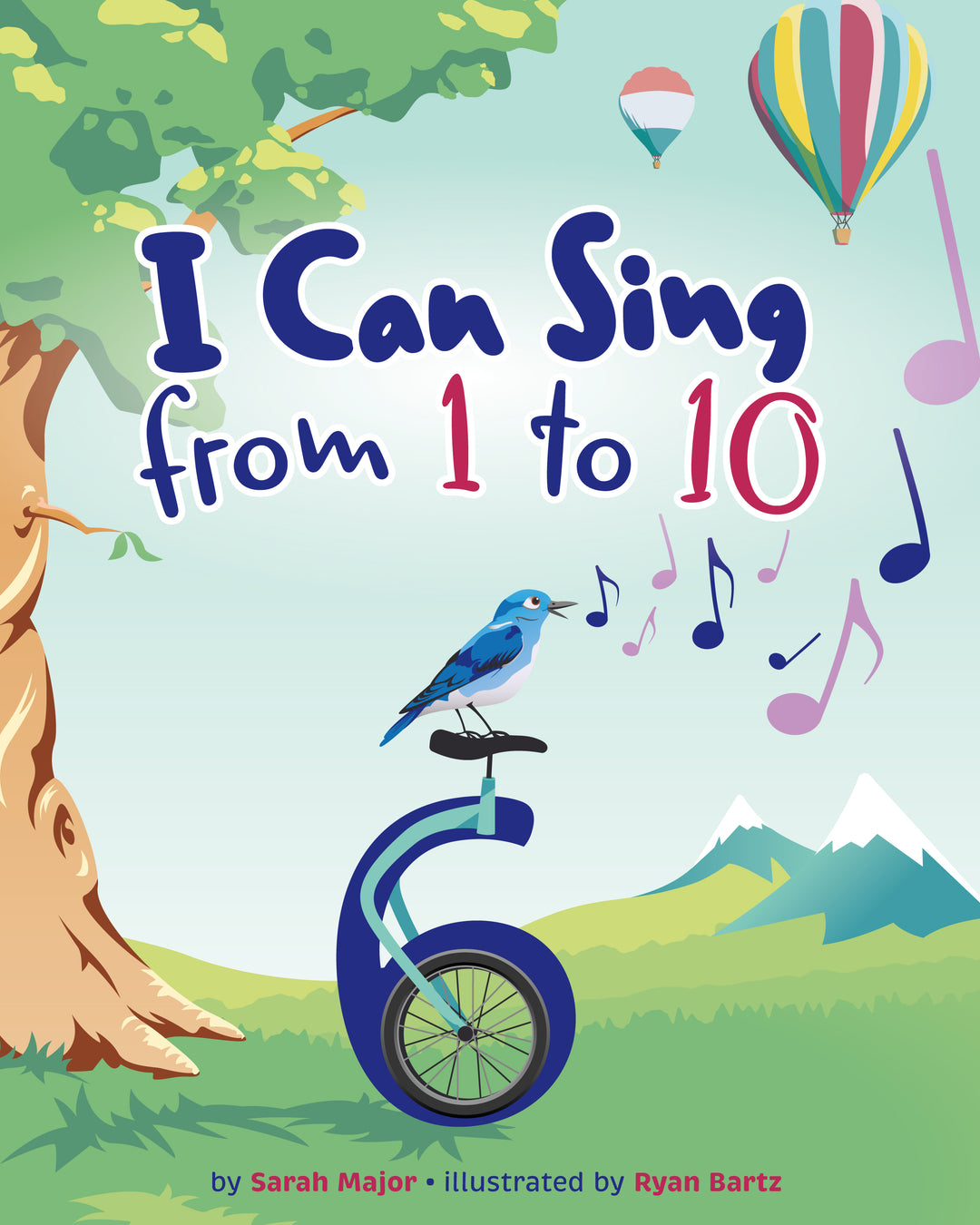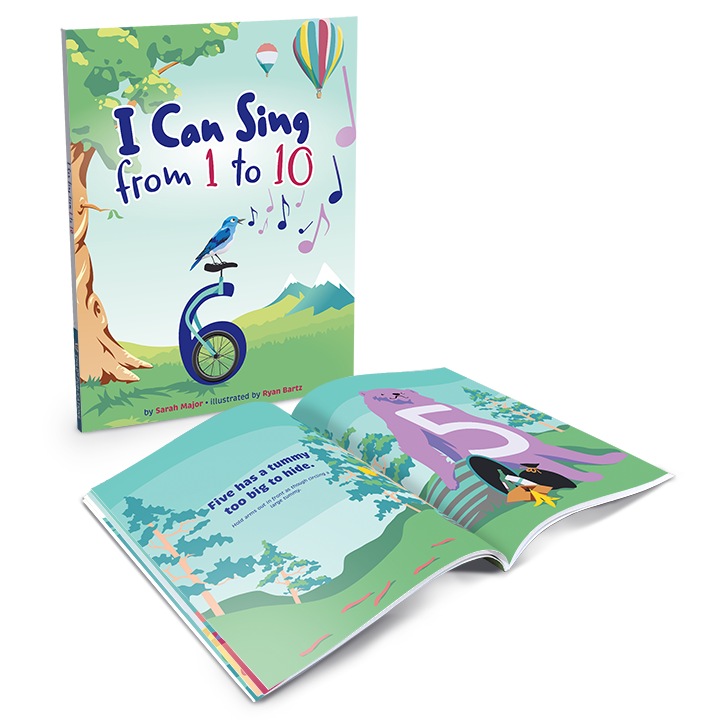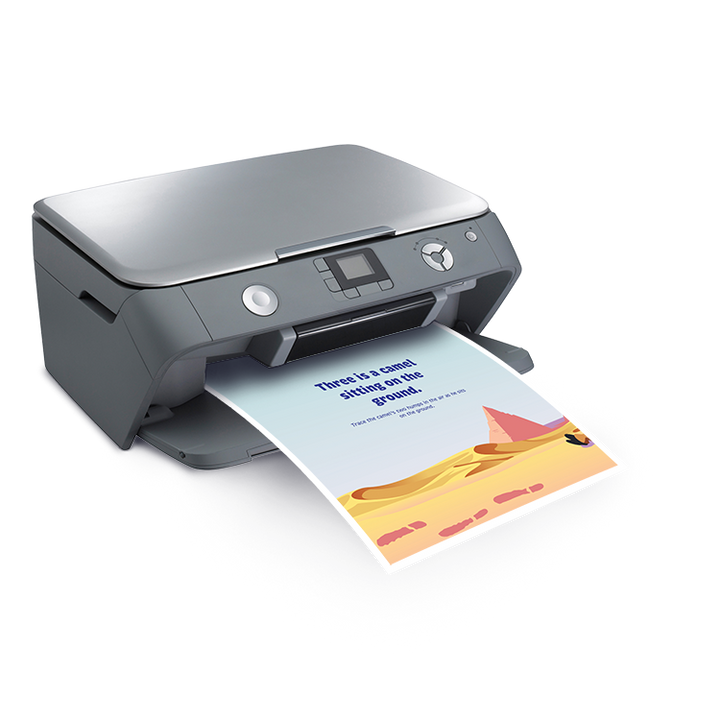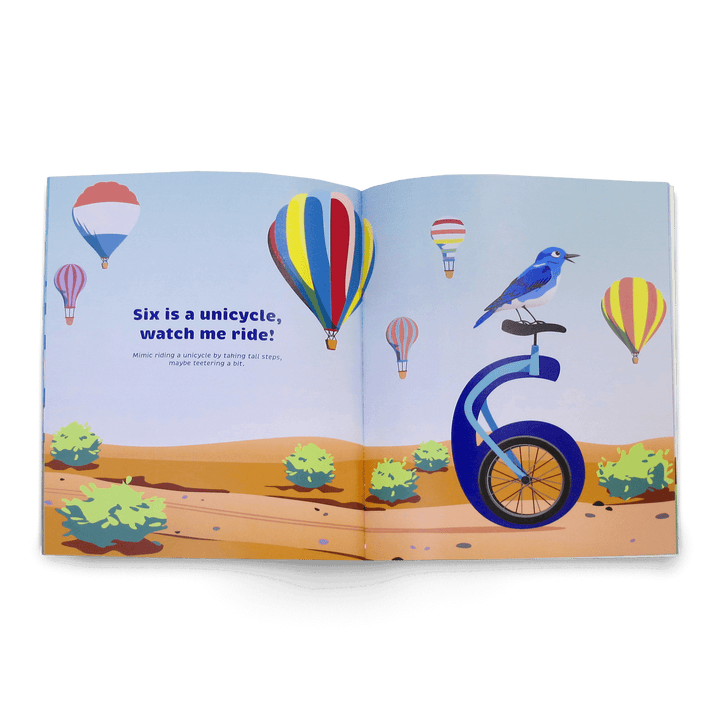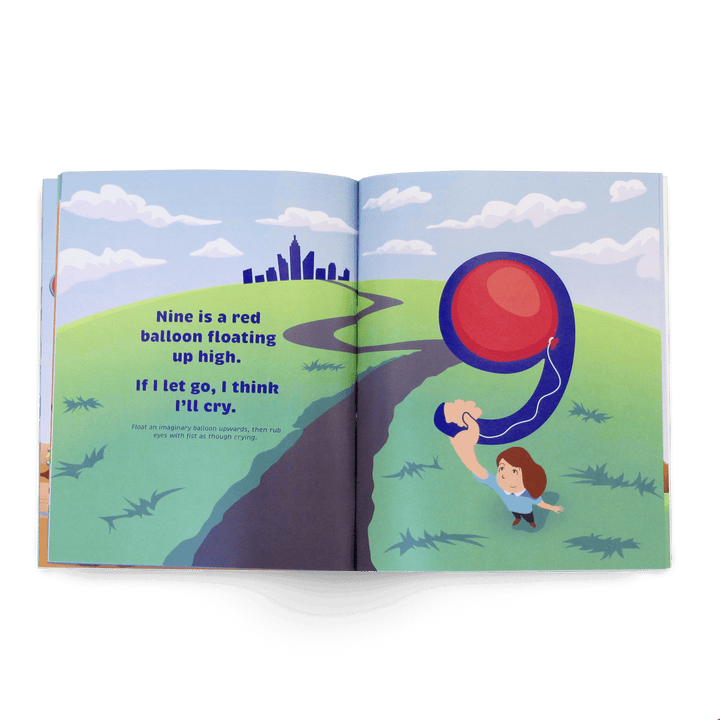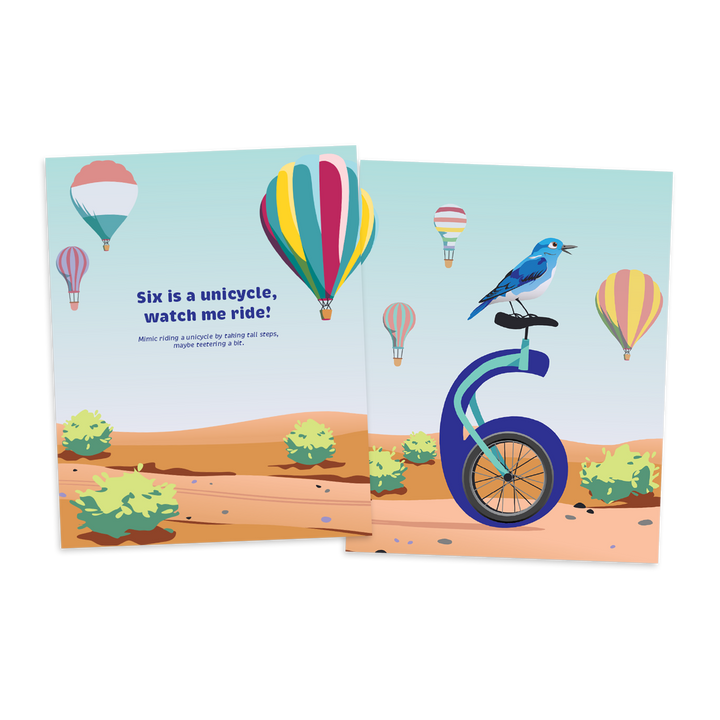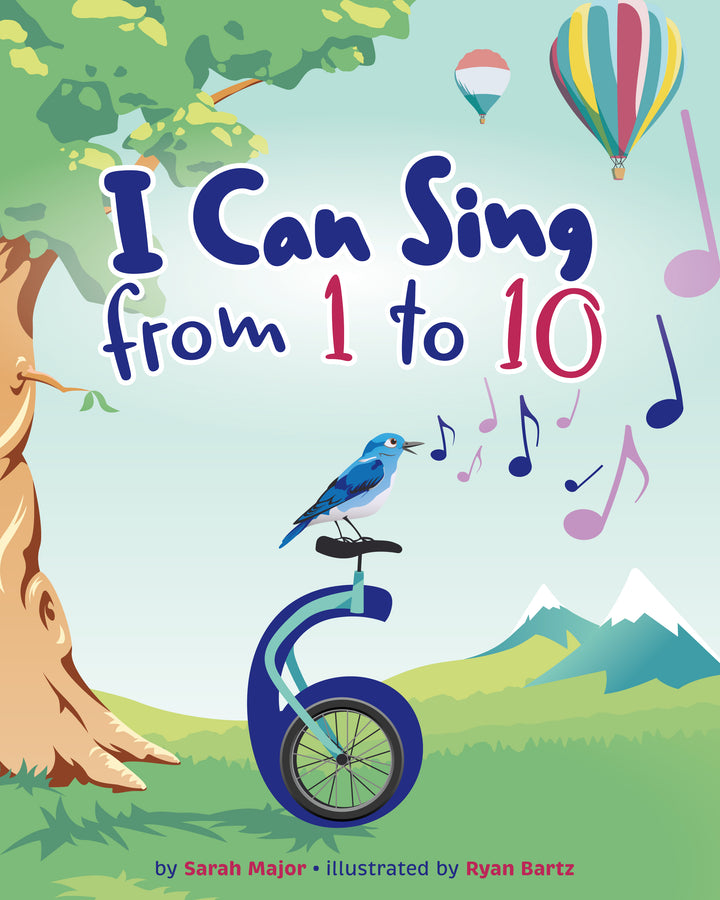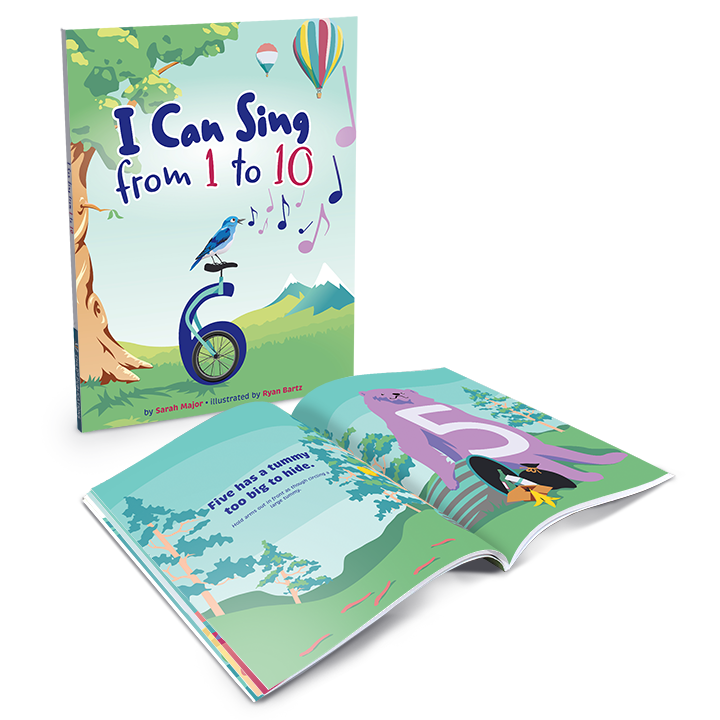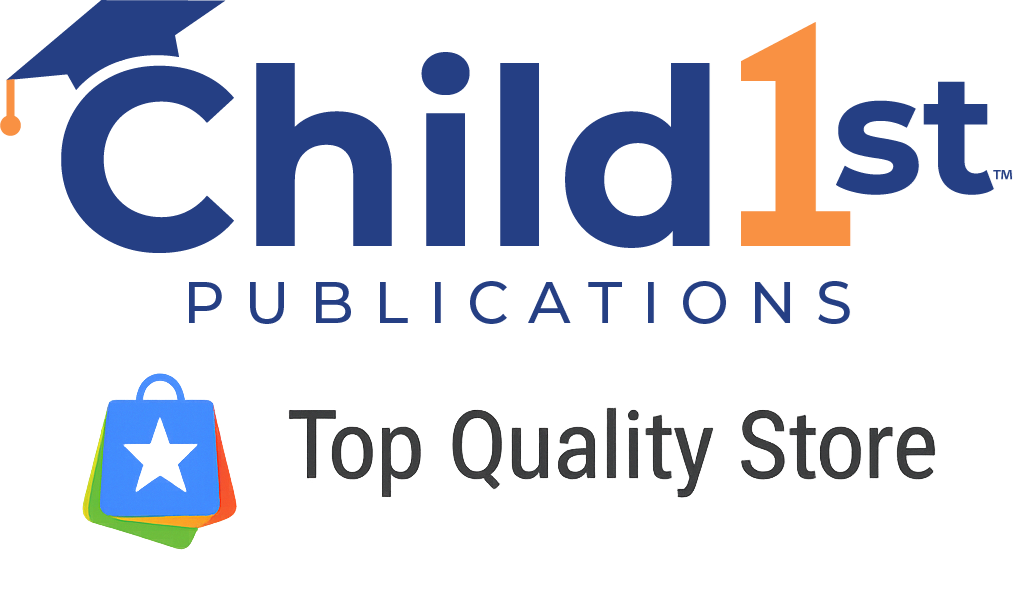Description
Product Specs
Related Articles
Tools & Resources
I Can Sing from 1 to 10 is a charming way to introduce young children to numbers and counting in a way that links number symbols and names. Each full-page, color illustration shows a number embedded in an image and provides details for the child to count, so that from early on, children learn the "how many" of each number.
Numbers are introduced using lyrics that can be sung to the tune of "Baa Baa Black Sheep."
For young children, learning is best done naturally, through story, vivid pictures, music, and body movement. Just enjoy the book together and know you are laying a valuable foundation for numbers and number sense.
Softcover. 24 pages. 8" x 10".
You may also like
FAQs
Recently viewed



